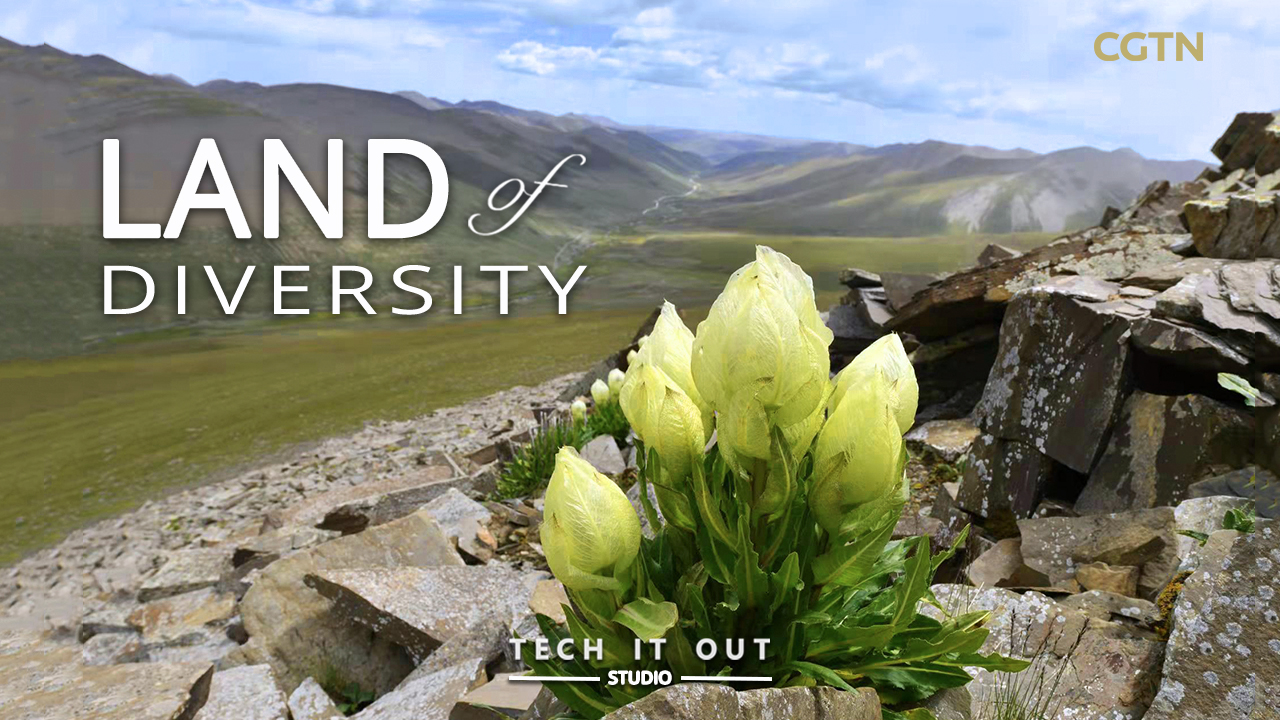03:05

The harsh conditions on the Qinghai-Tibet Plateau – low oxygen, high UV radiation, and little rainfall – have bred all kinds of creatures with their own unique skills to survive. That includes many plants too, like snow lotuses.
It's not easy for any life to survive on the Qinghai-Tibet Plateau, let alone for plants to reproduce.
That is why snow lotuses have developed unique organs to make sure their "offspring" are shielded from the harsh environment outside but can still spread effectively. The flowers are wrapped in a special layer of waxy and papery leaves on the outside, known as "bracts." These waxy bracts don't have any chlorophyll and are weatherproof. They are in place to guard the internal structure and pollen against strong winds and low temperatures.
The warm little chamber these bracts create also makes the inside of snow lotuses a perfect winter getaway for many small creatures sharing the same ecosystem.
Insects are attracted to snow lotuses and lay their eggs inside the bracts. The flowers provide the larvae not only with shelter but also delicious food. In return, when the insects crawl out of the flowers, they carry pollen with them and take it to other flowers – that's how pollination of snow lotuses occurs.
Other plants on the Qinghai-Tibet Plateau also have their own unique skills to survive and thrive. Find out more in our new documentary series "Land of Diversity" – a CGTN Tech It Out production dedicated to the 2021 UN Biodiversity Convention. Over the past few months, crews from the Tech It Out Studio have visited cutting-edge laboratories and traversed Tibet's vast wilderness to connect the dots behind the amazing diversity of life. You can find the rest of the series on CGTN during the convention. Stay tuned.

